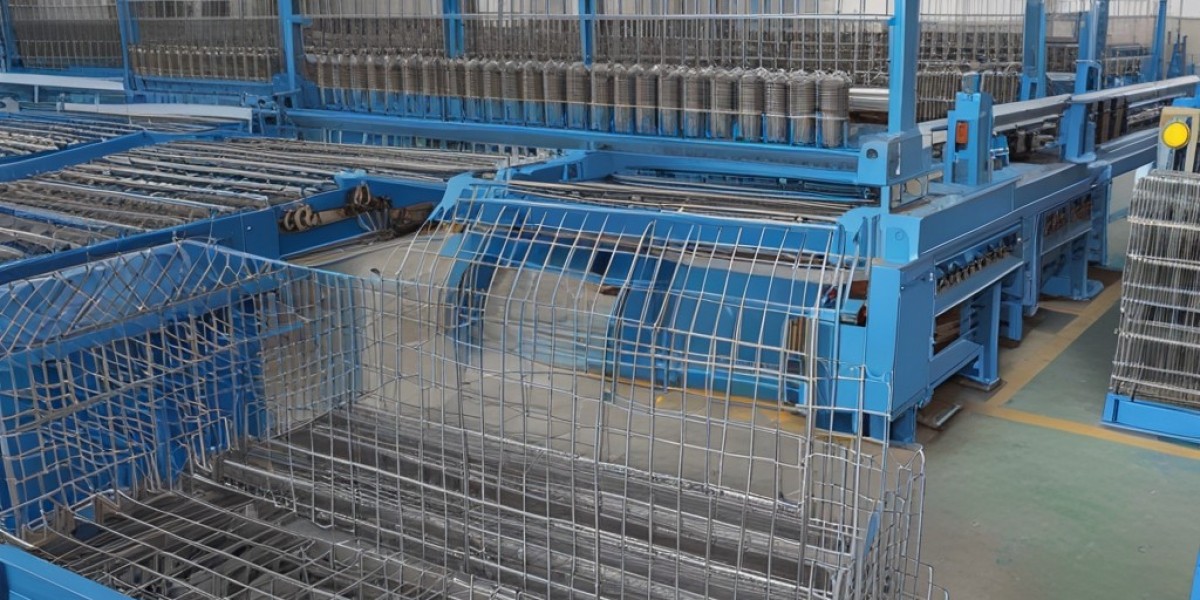A hybrid work model, combining in-office and remote work, requires adaptable and versatile office furniture to accommodate diverse work styles and needs. Here’s a guide to selecting furniture that supports a hybrid work environment:
1. Prioritize Flexibility
- Adjustable Desks: Opt for height-adjustable desks that allow employees to switch between sitting and standing, catering to varying work preferences and promoting ergonomic health.
- Modular Furniture: Choose modular furniture that can be easily reconfigured to support different layouts and team sizes, ensuring the office adapts to changing needs.
2. Foster Collaboration and Communication
- Flexible Meeting Areas: Invest in collaborative furniture like modular seating and movable tables that can be rearranged for meetings or team discussions. Incorporate whiteboards or interactive screens for brainstorming sessions.
- Huddle Rooms: Equip small meeting rooms with comfortable seating, soundproofing, and technology for video conferencing, supporting remote and in-office collaboration.
3. Support Remote Work Integration
- Hot Desking: Implement hot desking solutions with docking stations and integrated charging ports to accommodate employees who come into the office on an ad-hoc basis.
- Ergonomic Workstations: Provide ergonomic workstations that employees can use when they are in the office, ensuring comfort and productivity during their time on-site.
4. Enhance Comfort and Well-Being
- Ergonomic Chairs: Invest in high-quality ergonomic chairs that support proper posture and comfort for employees working both in-office and remotely.
- Breakout Spaces: Design inviting breakout areas with comfortable seating, soft furnishings, and acoustic solutions to offer employees a relaxing environment for informal meetings or breaks.
5. Optimize Space Utilization
- Compact Furniture: Use space-saving furniture solutions like compact desks and stackable chairs to maximize the use of office space, especially in environments with varying occupancy levels.
- Integrated Storage: Incorporate furniture with built-in storage options to keep the office organized and reduce clutter, making it easier for employees to find and store their belongings.
6. Incorporate Technology
- Tech-Enabled Furniture: Choose furniture with integrated technology such as built-in power outlets, wireless charging pads, and data ports to facilitate seamless connectivity and productivity.
- Cable Management: Implement furniture with effective cable management solutions to keep workspaces tidy and reduce distractions from tangled cables.
7. Ensure Adaptability
- Multi-Functional Pieces: Opt for multi-functional furniture that serves various purposes, such as desks that double as meeting tables or sofas that convert into workstations.
- Customizable Layouts: Select furniture that allows for easy customization and reconfiguration to adapt to changing team sizes and office layouts.
8. Create a Collaborative Culture
- Inclusive Design: Design spaces that accommodate various work styles, from collaborative areas with group seating to quiet zones for focused work.
- Encourage Interaction: Incorporate furniture that encourages spontaneous interactions, such as casual seating areas or collaborative pods.
9. Support Remote Collaboration
- Video Conferencing Equipment: Equip meeting rooms and collaborative spaces with high-quality video conferencing equipment to facilitate smooth communication between in-office and remote team members.
- Seamless Integration: Ensure that office furniture supports integration with remote work tools and platforms, allowing for a cohesive work experience regardless of location.
10. Focus on Aesthetics and Comfort
- Brand Alignment: Choose furniture that aligns with your company’s brand identity and creates a visually appealing environment that reflects your company’s culture.
- Comfort and Well-being: Prioritize comfort and ergonomic design to support employee well-being, which is crucial for maintaining productivity and satisfaction in a hybrid work model.
11. Consider Sustainability
- Eco-Friendly Materials: Opt for furniture made from sustainable materials to align with environmental goals and promote a greener office.
- Durable Construction: Choose high-quality, durable furniture that will last and reduce the need for frequent replacements, contributing to long-term sustainability.
12. Plan for Future Growth
- Scalable Solutions: Select furniture solutions that can be easily scaled or adapted as your company grows or changes its hybrid work policies.
- Long-Term Investment: Invest in furniture that offers long-term value and flexibility to support evolving work models and future needs.
Conclusion
Choosing office furniture that supports a hybrid work model involves selecting adaptable, ergonomic, and tech-enabled solutions that cater to diverse work styles and needs. By focusing on flexibility, collaboration, comfort, and technology, businesses can create a versatile workspace that enhances productivity and supports both in-office and remote employees. Investing in thoughtful furniture choices ensures that the office environment remains functional, inviting, and aligned with modern work practices.



